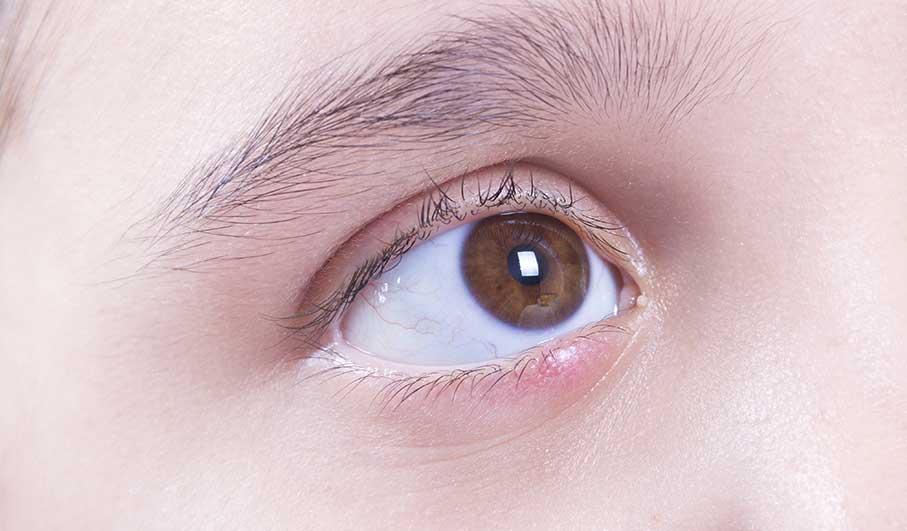What causes sudden eye swelling in children?

Eye swelling occurs when fluids accumulate in the connective tissues around the eye or when these tissues are infected. Swelling can be painful or it may not cause any pain at all, noting that it can affect both the upper and the lower eyelids.
Below is a list of the most prominent causes of eye swelling and their symptoms.
Stye
A stye, also known as “hordeolum”, is a bacterial infection that affects the oil-producing glands inside the eyelid and causes its blockage. It usually appears as a hard, red bump at the tip of the eye.
Allergy
An allergy is the most common cause of eye swelling. This condition can be due to the reaction of the child's immune system to an allergen, such as pollen, animal fur, and dust. It is often accompanied by redness, ache, and tear in the eyes.
Conjunctivitis
Conjunctivitis or Rosacea is the inflammation of the mucous membrane that passes through the eyelid and covers the white part of the eye, whether due to allergies, a virus or bacteria. In the case of conjunctivitis, the child wakes up with swollen red eyes, feeling discomfort and an urge to rub or scratch.
Eye Injuries
Crying for a long time, or the eye’s exposure to a direct injury can cause swelling. And among the common causes of injuries among children: pens and other sharp objects, tree twigs, flying toys, insect bites, black eye, etc.
Cellulitis
Cellulitis is considered one of the serious cases where a bacterial infection affects the eyelid and skin surrounding the eye, and it is preceded by inflammation of the nasal sinuses in children. Cellulitis may aggravate and turn into orbital cellulitis, causing an abscess behind the eye. In addition to the swelling of the eye, the most prominent symptoms of cellulitis include redness, headache, and cloudy vision.
As we have seen, the causes of swelling of the eye in children range between moderate and serious. Consulting with a doctor remains necessary, especially if the swelling is severe and covers the whole eye, or if it is accompanied by a fever, or absence of vision, or pain or inability to open the infected eye.













 Parenting Articles
Parenting Articles

